EastWest Studios – A US Recording Icon
MusicTech visits EastWest Studios, arguably Los Angeles’ most iconic recording facility, in which everyone from Frank Sinatra to Michael Jackson has recorded, and finds a studio at home with both its history and future… It would be easy of us – and somewhat lazy – to compare LA’s EastWest Studios to London’s Abbey Road. Both […]
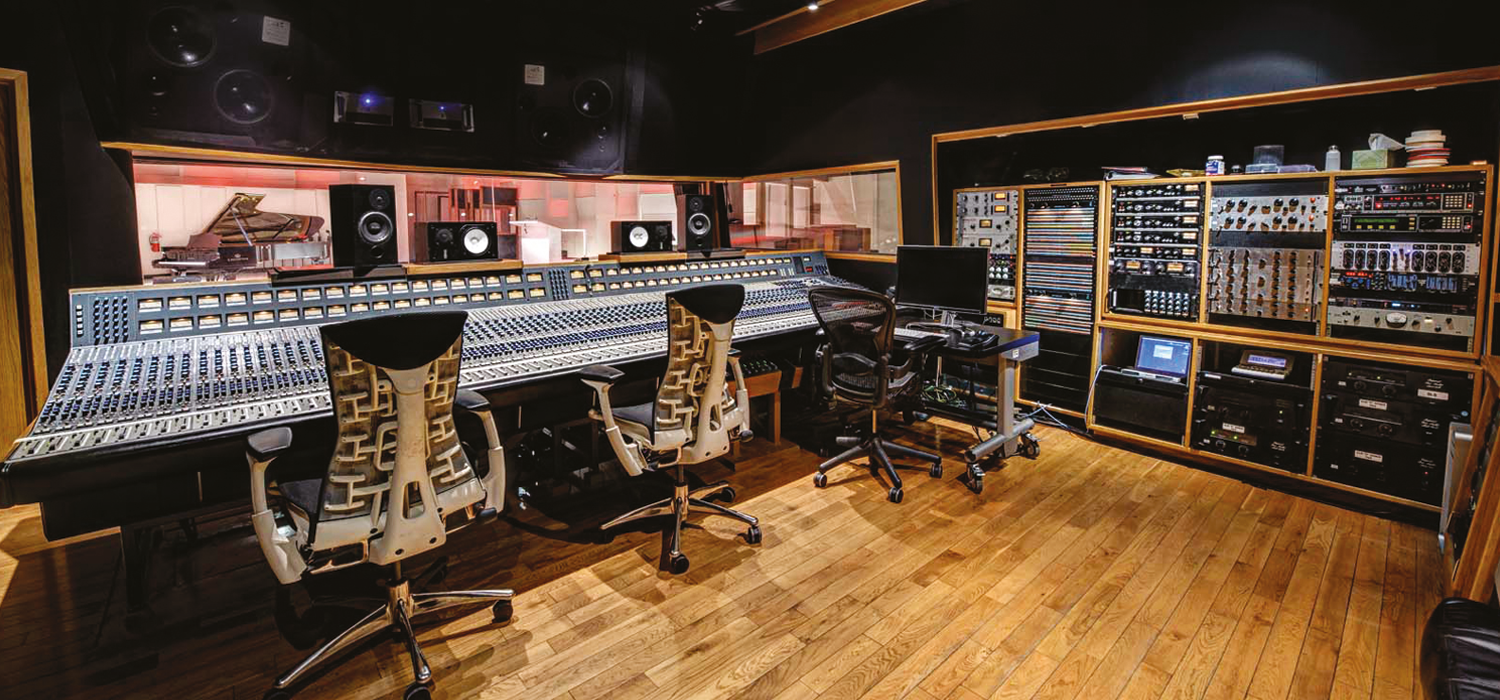
MusicTech visits EastWest Studios, arguably Los Angeles’ most iconic recording facility, in which everyone from Frank Sinatra to Michael Jackson has recorded, and finds a studio at home with both its history and future…

It would be easy of us – and somewhat lazy – to compare LA’s EastWest Studios to London’s Abbey Road. Both have been at the core of some of the most iconic recordings in music history and both have had to diversify into film soundtracks and other events, to survive in the harsher climate of 21st-century recording. EastWest Studios’ history, though, is somewhat more complicated than that of its UK counterpart.
The studio as such began in the 1950s, when Bill Putnam wanted to set up a studio in LA to rival those on the East Coast of the US. With Frank Sinatra in tow, the studio quickly gained a huge reputation and has now attracted every big name in US recording history, including Elvis, Bing Crosby, Michael Jackson and Madonna.
In the 1980s, Allen Sides bought out Bill Putnam and both buildings within the complex became known as Ocean Way Recording Studios, itself now a huge name in recording history.
In the 1990s, the two building were split, with the large Studio 1 facility becoming Cello Studios (after being sold to Rick Adams in 1999), while the building opposite retained the Ocean Way name.
Cello Studios became known for its rockier output with Rage Against the Machine, System Of A Down, Muse, blink-182 and The Red Hot Chili Peppers all coming through the doors.
However, in 2005, Cello Studios was closed and due for demolition before EastWest owner Doug Rogers came in to rescue it, and it sounds like this was just in the nick of time…
“We came in 2006,” says the studio’s Blake Rogers, our guide for the day. “That’s when we took over Cello. It had already been closed for a year and had unfortunately suffered terrible water damage – not in the studios themselves, as they’re freestanding structures inside the main building – but in the lobby and hallways. So it was all just left for a year… it was very sad.
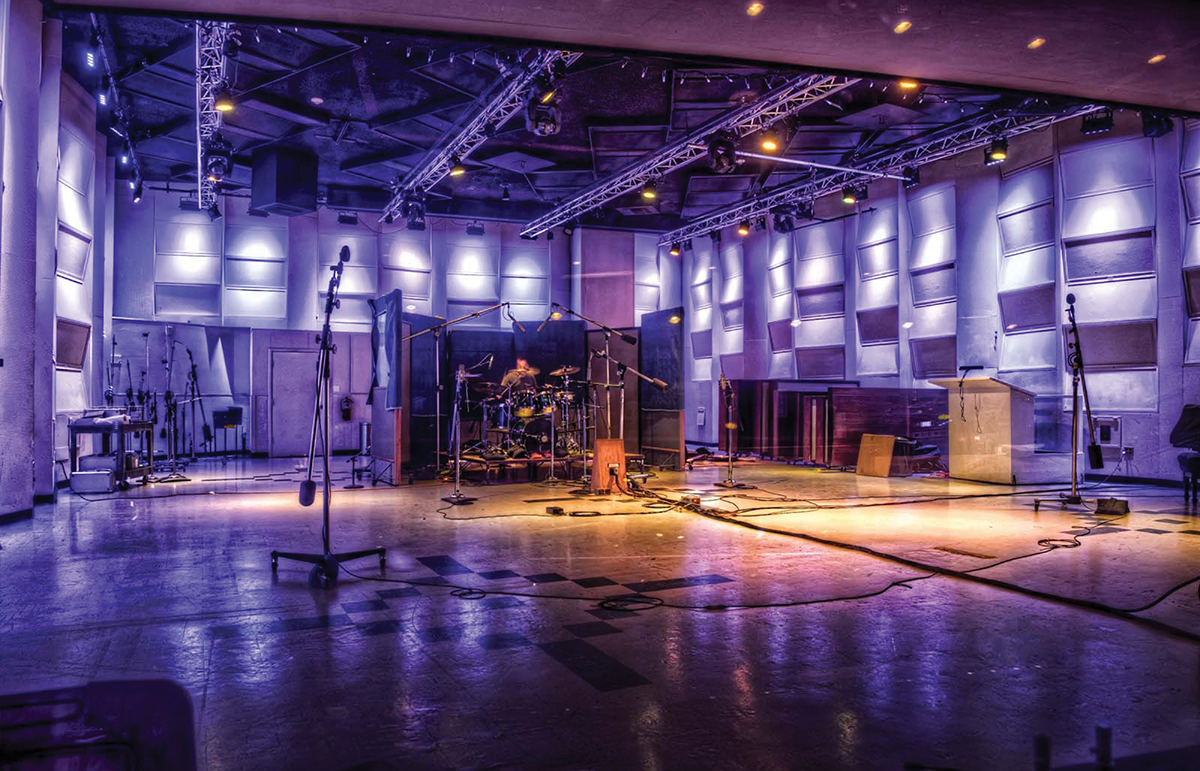
We were the only people who showed up at the auction. If we hadn’t bought the place, it was going to be one of two things: a parking lot or a Baby Gap. All that history would have gone and it seemed like it didn’t matter, as no one except us wanted to save this wreck.
“When we took it over, the initial intention was that we would record all of our libraries in these fantastic rooms and when we weren’t recording them, we would rent the rooms out like regular recording studios, so we kind of had the best of both worlds.”
The studio wasn’t cheap to buy [in the auction] but cheaper than you might imagine, which allowed us to spend a lot more money fixing it up, and when we took it over, we knew we’d need to spend millions to restore it exactly the way it was.”
“We put in a new electricity setup in the building itself, completely new AC, all the utilities updated for the next century. We brought in Philippe Starck to redo the lobby, the artist lounges etc, but he was determined to keep the recording rooms exactly the way they were. He was a big fan and this is the only studio he’s done.
He was like: ‘You’ve got five jewels here’, meaning the recording rooms, ‘but you’ve got a terrible jewel box’, because everything was horrible. So he wanted to create that atmosphere in the lobby where it’s kind of old Hollywood, a rock ’n’ roll palace, and different things representing different things in music.
That’s what’s different about us: where we do rock sessions, orchestral sessions, rap, EDM, hip-hop, jazz – we do everything and our staff and gear are well known for that.”

As far as the five jewels of the studios go, we ask, did you recreate the original sound and setups? “Creating rooms as they were is such an important thing – you’d be surprised that even the Abbey Road guys don’t seem to have grasped that if they were to use the original gear used in the 60s, new bands would love to record in that environment.
So we still have a lot of the gear and Bill Putnam made much of it here originally. Some was made over the road and then brought back here.”
EastWest Studios – Studio by Studio
We start out in the main studio at EastWest Studios, certainly the biggest, too… “You’re standing in Studio 1 right now – one of the most iconic recording rooms in the world.
The building itself goes back to the 1930s. It was originally constructed as a grocery market and in the 1940s, it was turned into Madame Zucca’s Casino with lots of live shows and not-so-legal gambling. In the 1950s, it was turned into a radio broadcast centre and in the late 50s, Bill Putnam started Universal Audio in Chicago – which was a big, not-only-recording studio, but also where he made outboard gear still in existence today.
“The recording scene at this time was centred in Chicago, Detroit and New York City and the scene in LA was very much in its infant stage. Bill was Frank Sinatra’s personal engineer and he went through a bad divorce, but Frank called him up and said ‘come and move to the West Coast’, because he wanted to start a recording studio. ‘You’d be great at it,’ he said to Bill. ‘Everyone’s here and it’d be genius.’
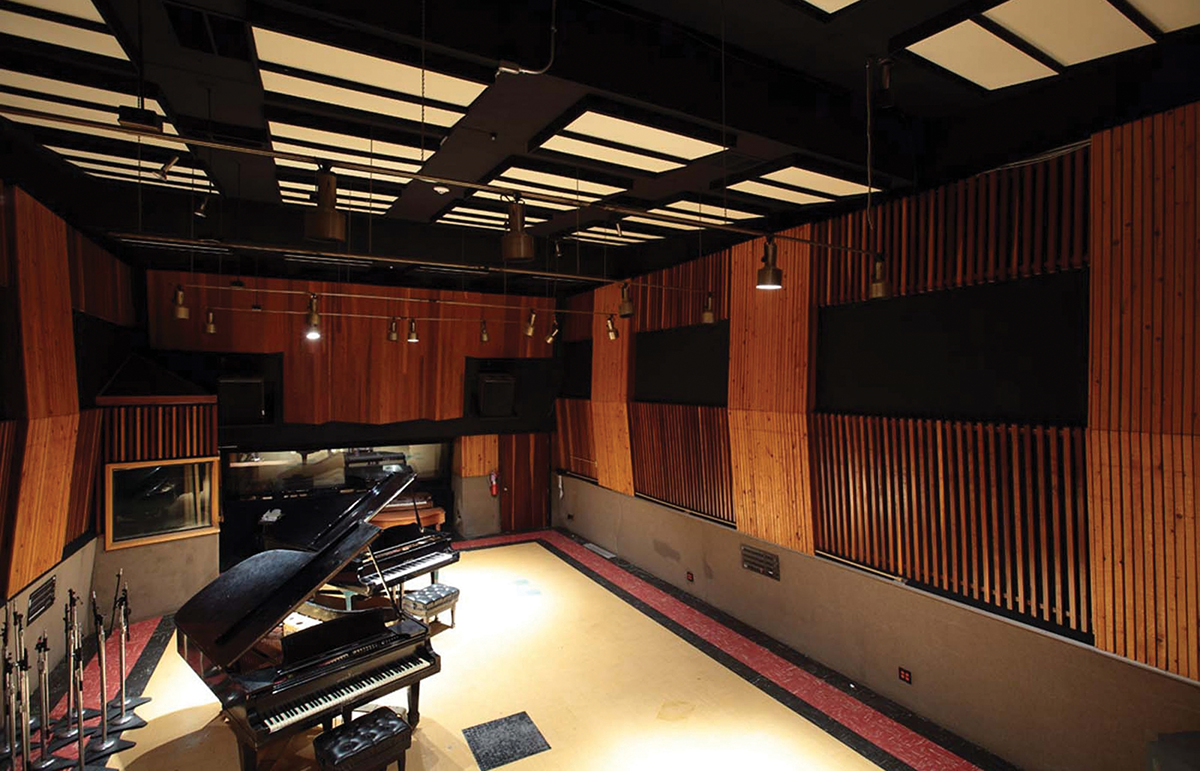
“So Bill moved here and he first bought what is the 6050 building across the street – United Recorders – and then bought this one, Western Recorders. When he had control of both buildings they were collectively known as United Western Recorders and Sinatra recorded a lot of stuff over there but also here – especially the big stuff, in this room, where he recorded That’s Life, The Lady Is A Tramp, New York New York and Something Stupid, the duet with his daughter, Nancy.
“So you have the Sinatra history, but also Bing Crosby and then Elvis did his comeback Christmas Special here – the really iconic one in the black suit, which really revitalised his career at the time. Anyone and everyone came through this studio at the time: Barbara Streisand did The Way We Were here and Peggy Lee did Is That All There Is?”
And that’s just the start of it. Blake goes on to detail just some of the other iconic recordings that have been made at the studio: tracks for Thriller, Madonna’s Like A Prayer, Bat Out Of Hell, Whitney Houston’s The Bodyguard, right up to date to both Justins – Timberlake and Bieber – Michael Bublé and, of course, the recordings for many EastWest sample libraries. And then there’s the film soundtracks, including everything from the Theme From Mission Impossible, through the Godfather trilogy and Rocky series.
Like we said, this is the Abbey Road of America… “So many iconic soundtracks have come out of this room and all the others, that we’ve actually kept them preserved as they were in the 1960s. So everything you see is as it was. The only thing that is different is the light in here – when they’re on, the walls turn all different colours and things like that.”
Like all studios these days, EastWest has to rely on other types of bookings, aside from recordings, to tick over, so has now become a venue for video shoots, live showcases, corporate events, DJ events… “When you have an iconic place, you do attract recording sessions a lot of the time, but we also host a lot of corporate events. Recording studios nowadays need to be pretty flexible.
We also work with shows like The Voice and American Idol, so you’ll see here there’s a large drop-down screen. It’s the screen they do a lot to picture with and over there is the original projector. We also have flatscreen TVs, which can travel around the room.
As for the gear, as you might expect, it doesn’t get much better than what we find… “We have a fantastic Bechstein piano – people come from all over the world just to record on that piano, it has a really great sound and this is just a really big, great fantastic room with a lot of history in it to record it.
“This is a Neve 8078 board – it was originally two Neve consoles put together for Michael Jackson’s Dangerous album – 80 channels, and it was a beast of a console. It’s the perfect kind of console for a huge room like studio one – it’s good for precision and big recording rooms to hear what you’re getting. We do offer tape at the studio. It’s becoming more rare, as prices are going up for tape and so on, so it’s more boutique.
“But it’s still an option if artists, especially those with the money, want that warmth tape offers. You get the same thing with these analogue consoles. We’ve two Neves, a Trident A-Range and SSL, but the Neves and Trident add that bit of colour.
That is the reason why they’re magic – Rupert Neve is a genius. The SSL more or less gives you what you need.”
We leave Studio 1 and walk past several plush artist lounges, plus a tech-support area. The studio still retains some of the historical features from its varied past, including meat-locker doors from its time as a grocery store: “Bill Putnam always wanted to keep as much as possible authentic to the old days,” Blake explains.
On to Studio 2, and we find a studio behind a lot more of recent American pop history… “It has its own fantastic unique story,” says Blake. “Back in the day, this room was rented a lot by Warner Bros., so a lot of old TV was done in here, including many famous TV themes from shows like I Dream Of Genie, The Beverly Hillbillies and Hawaii Five-0.”
Not to say that there wasn’t the odd musical legend recording in here, too…
“Besides those TV shows, you also had The Righteous Brothers, Phil Spector and Ike & Tina Turner did River Deep Mountain High. In around the mid-70s, people started taking the drums out the drum booth over here and set them in this area, which is a sweet spot for drums.
That’s when this room’s history as a rock room came into being, so it’s known as the rock room today – and it corresponded with the changing landscape of the music at the time. By the early 80s, drums were much bigger and boomier in tracks.
In the 80s, you had a lot of Stevie Nicks, Tom Petty And The Heartbreakers and even early REM in here. In the 90s, blink-182, Weezer, System Of A Down, Rage Against The Machine and all the Chilis stuff was in here. Rick Rubin [producer] really likes this room so always comes with them when he works with them.
Nowadays, a lot of Muse, Slayer, and Metallica is done at EastWest Studios and a lot of Latin artists like Sérgio Mendes from Brazil.” Hiding in a booth there’s a Yamaha piano, which we ask about.
Needless to say, EastWest Studios has witnessed some high-profile use… “It’s very different to the Bechstein in that it’s a much brighter, honky-tonk piano. Elton John did Songs From The West Coast on this piano.
“This is the control room for Studio 2 – again, ATC monitors and again, a Neve desk. This is a Neve 8028 console; it’s even older than the one in Studio 1 and originally from RCA Studios, which is now at the site of an LA film school. David Bowie mixed Iggy Pop’s Raw Power on this desk – a lot of people don’t know he mixed that album.
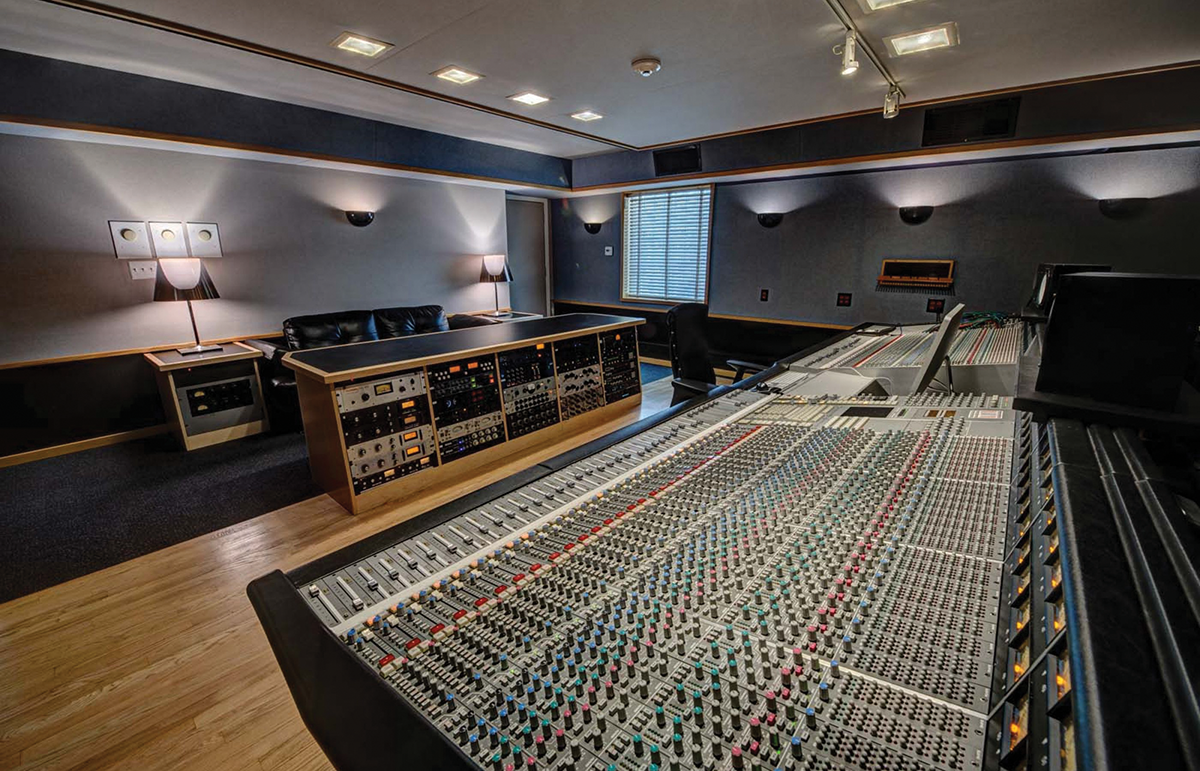
This board and the room is the reason why so many rock bands come here over and over again – you have to be a really bad engineer to get a bad sound of it!
“There’s also a great Fairchild, for example, these are very expensive but great for vocal tunes… We have original plate rooms in here. Bill Putnam was basically the inventor of the echo chamber and reverberation: we have seven hiding around the building in nooks and crannies!“
We then enter a smaller studio area, Studio 3. And if you think that the smaller the studio, the smaller the artist, you’d be wrong…
Check out the full gallery below
[Modula id=’3′]
Good Vibrations
“This is a really small room, but this room is very much beloved as Studio 3 is the Beach Boys room. All of their stuff was done in here back in the day: God Only Knows, Surfin’ USA and California Girls.
The production crew that filmed the recent Brian Wilson movie Love & Mercy actually came in last year to redo all the Beach Boys’ sessions, recreating everything, right down to what they were wearing at the time…
“The first thing you’ll notice is that it’s a very small room. The Beach Boys were originally with Capital, but they didn’t like recording there because it was all a bit corporate. Over here could be a lot more independent and it was a little cheaper, so they would be in here for much longer (back then, studio time and musicians were much more expensive). So being here for longer hours gave them more time to experiment more.
“In the 1960s, this room was exploding. We had The Mamas And The Papas, the Beach Boys, Scott McKenzie did San Francisco. In the 70s, Dolly Parton did 9 To 5; in the 1980s, Blondie did Rapture and The Tide Is High and in the 90s, Natalie Cole did Unforgettable. A lot of people who worked in this room, and others like Lou Adler for instance, went on to organise the Monterey music festival. They chose this room because it was quite small, a very well designed room and a really unique sound is created here.”
Finally, we go to Studio 3’s control room. It’s the last studio on our tour (we only briefly touch upon the SSL-centric Studio 5), but we’ve saved the best until last… if you’re a Bowie or Beatles fan.
“Here, we have a Trident A-Range desk,” says Blake, but you’ll know by now that this isn’t just any desk. “There’s only about 13 of these left, five in really good condition and I’d put this one up as being the best condition.
This was at Trident Studios in London and so much stuff was done on it at the time, including David Bowie’s Hunky Dory, and The Beatles’ ‘White Album’ which were recorded on it, and Queen’s A Night At The Opera was mixed on it – a lot of great stuff like that.
“In the 1980s, it was sold to Cherokee Studios and David Bowie also worked on it with Station To Station. In 2000, Cherokee closed down and it went to Massachusetts, where Aerosmith recorded on it for a while, but unfortunately, it fell into a state of disrepair.
“So when we bought the console in 2009, we shipped it back and spent a year recapping it, putting all new flying faders in it, fixing all the internal wiring – a big work of love and it’s just in the best condition.”
So how does the studio work in the present day, then, we ask… Did EastWest’s original plan to use it primarily to record its own collections pan out?
“That’s hard to qualify. In terms of us recording as a software company, we’re only recording at certain points of the year in different rooms, as when we do a library we try to get all the forces to be here in for a couple of weeks. When we do an orchestral library, we only have those musicians for a certain amount of time. So, the rest of the year, it has to survive on its own as a recording company.
“The thing about it is that these rooms have incredible history that lends legitimacy to the sounds that we get in the libraries and we get to meet so many people, the world’s best artists, producers, musicians, engineers, that we have made so many relationships having this studio. That makes amazing connections for us and when you have people who keep coming in, we might make other libraries with them, for example.
“And we’ve gotten something like 73 Grammy nominations since EastWest owned it – supposedly, this place has had more Grammy nominations than any other recording studio, including Abbey Road. That’s not wins, but still a win in itself.
“So people continue to come and bring that history and legacy to our product. We see the business as a business intertwined, not separate parts.
We are very passionate people, passionate about music, I think that shows in our libraries, too, that we don’t just go and record an instrument.
We know we have reference points in our heads to sound, for example, like that Queen album in ’77. We’re music lovers and having the recording studio here and having that organic creative energy is important for us.”
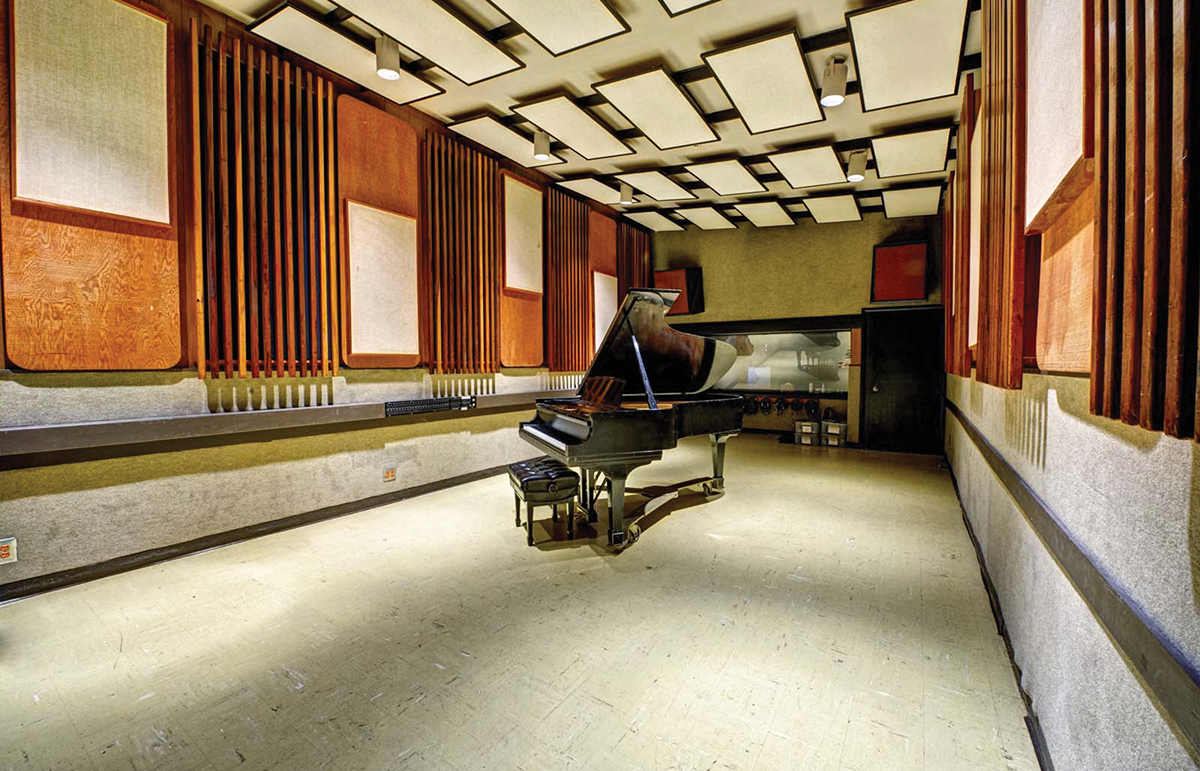
What about the pressure from the rise of better-specified home studios – does EastWest suffer from the home-recording revolution? “Nowadays, there’s still going to be a certain level of artist who has to record in a recording studio.
Maybe they’ve done the home studio ‘thing’ and hated it – because there’s no collaborative nature in a home studio for these artists and that’s the important thing from back in the day, which still happens here.
“When artists are recording at EastWest Studios, they meet each other in the hallway and think, ‘Hey, why don’t you come and record a set?’ etc. We provide Happy Hour events to have a drink with each other and mingle – a lot of work comes from that because of the energy created.
“They have a good time, associate good memories – the things you cannot do at home. It’s an indescribable vibe.”
Find out more at EastWest Studios website